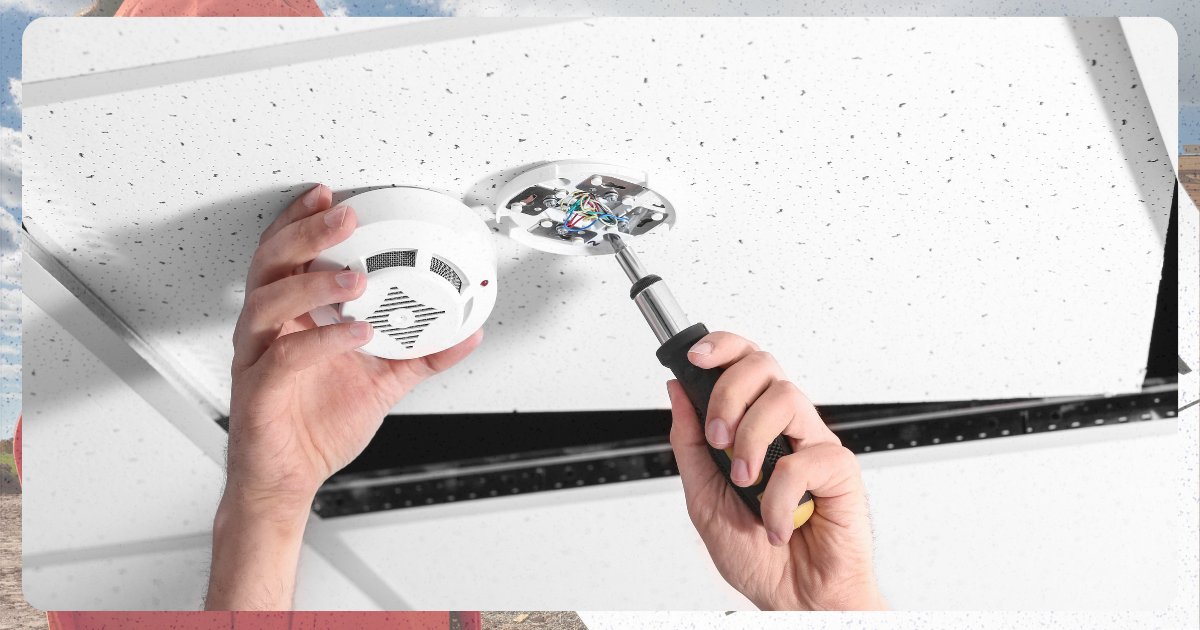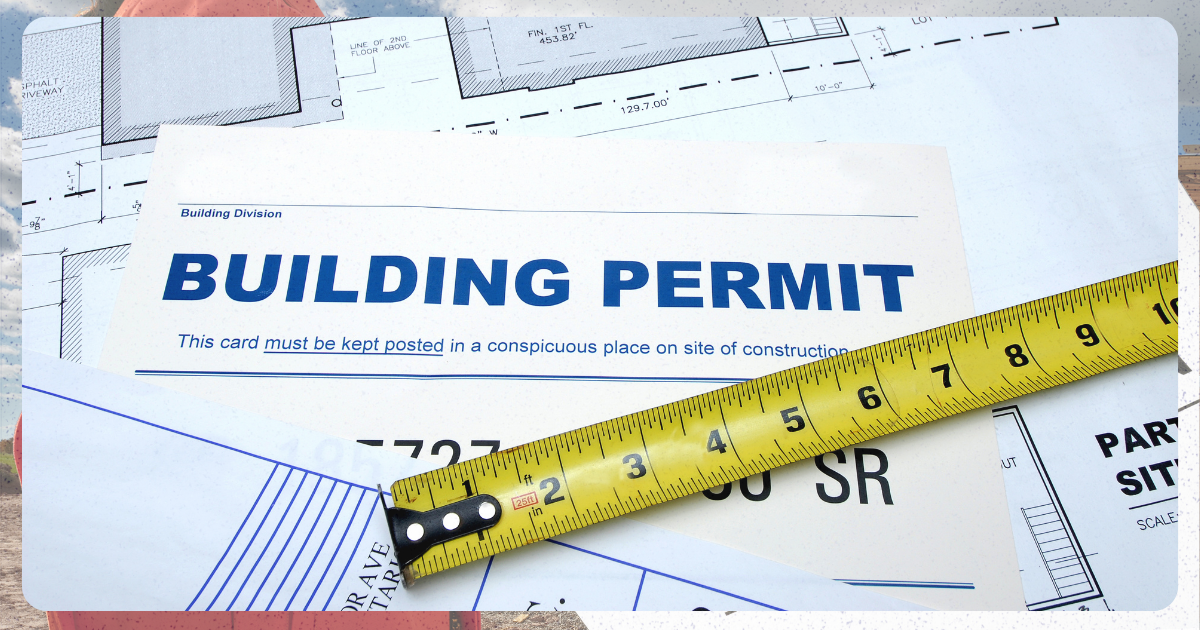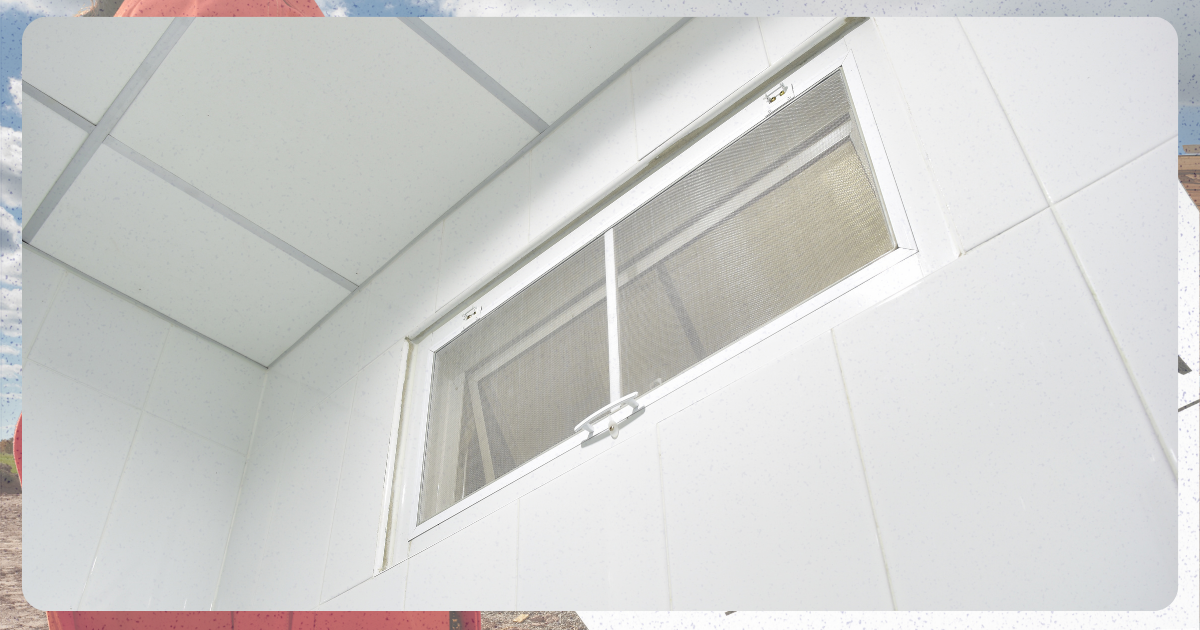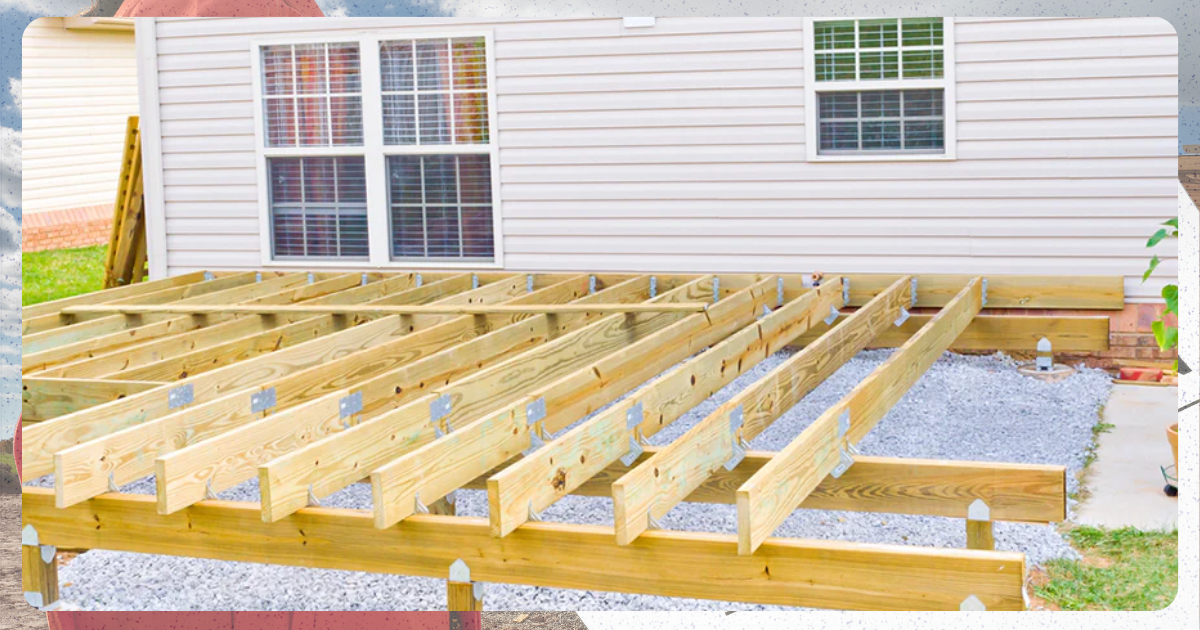Building codes are a set of rules that contractors follow, as non-compliance is unlawful and it benefits no one. The top two reasons a few builders ignore these codes are due to cost-cutting (using low-quality materials) and carelessness. As with most construction projects, everyone wants it completed immediately and as cheaply as possible. While this might inspire contractors to cut corners and ignore building codes, it will eventually lead to a variety of problems that will affect both the clients and their contractors. The building codes exists for a reason and should not be taken for granted.
Though building inspectors exist to make sure everything is in order, it pays to be aware of any shortcomings a project has. Here are some of the most common building violations to look out for. The earlier these are alleviated, the less likely it is for project delays.

5 Most Common Building Code Violations
1. Insufficient Safety Features

Building safety features are crucial for protecting occupants and ensuring compliance with local codes. However, violations often occur when these features are improperly installed or maintained. Common fire-related safety features in commercial buildings include:
- Alarm Systems
- Sprinkler Systems
- Smoke Exhaust Systems
- Emergency Lighting
One frequent issue is the incorrect placement of smoke detectors. For example, smoke detectors must be installed at least 4 inches away from walls and positioned away from potential heat sources such as high-power lights or air vents to avoid false alarms.
While features like surveillance and intrusion detection systems are optional, but fire safety measures are non-negotiable and must meet regulatory standards to ensure both safety and code compliance. Failure to do so can result in serious penalties and endanger building occupants.
2. Incomplete Building Permits

Skipping building permits might seem like an easy shortcut, especially for DIY home builders, but it’s one of the most common and significant code violations. Building permits are more than just paperwork—they’re a safeguard to ensure that projects meet safety and quality standards. These permits grant access to building inspectors who assess whether the construction is structurally sound and compliant with local regulations.
Beyond safety, permits serve as essential legal records, protecting owners and contractors in case of disputes or legal challenges related to the project. Whether you’re remodeling a home or renovating an office, acquiring the proper permits is crucial not only to avoid fines but also to uphold the credibility of the project and the parties involved. Don’t let the perceived hassle of permits jeopardize the integrity and legality of your construction project.
3. Utilization of Hazardous Materials

Using hazardous materials in construction is not only a violation of building codes but also a serious risk to health and safety. Some materials, once considered industry standards, are now strictly regulated or outright banned due to their harmful effects.
For instance, asbestos, prized for its durability and fire-resistant properties, is now widely recognized as highly toxic. Asbestos dust can lead to severe respiratory illnesses, including asbestosis and lung cancer. Similarly, lead coatings and mercury were commonly used in the past but have since been identified as posing significant health risks.
Hazardous Materials to Avoid:
- Asbestos: Found in older insulation, roofing, and flooring materials; causes respiratory illnesses and cancer.
- Lead: Commonly used in paints and plumbing materials; can lead to lead poisoning, especially in children.
- Mercury: Used in older thermostats and electrical switches; highly toxic and harmful to the nervous system.
- Polychlorinated Biphenyls (PCBs): Found in electrical equipment like transformers; can cause cancer and other health issues.
- Silica Dust: Generated during cutting or grinding concrete; leads to silicosis, a serious lung disease.
Ensuring these hazardous materials are not used in construction projects not only prevents violations but also protects workers, future occupants, and the environment.
4. Improper Bathroom Venting

Proper bathroom ventilation is essential to prevent moisture buildup and its harmful effects. Without adequate venting, excess humidity can lead to mold growth and structural damage. A common violation occurs when bathroom vents are improperly directed, such as venting into the attic instead of outdoors. This practice traps moisture in the attic, increasing the risk of wood rot, insulation damage, and long-term structural issues.
5. Inadequate Deck-Ledger Fastening

Proper deck installation is essential to prevent serious accidents, and one of the most common violations is inadequate ledger fastening. A deck ledger, which connects the deck to the building structure, must be securely fastened to ensure stability. This violation often arises from the use of ineffective fastening methods or substandard materials. It’s important to follow proper techniques and use high-quality materials to ensure the safety and durability of the deck.
Upholding Building Codes: A Commitment to Safety and Quality
Building code violations are not just regulatory concerns; they directly impact safety, efficiency, and long-term reliability. Ignoring these codes—whether to cut costs or expedite a project—can result in structural issues, legal troubles, and health risks for both property owners and contractors.
While building inspectors play a crucial role in ensuring compliance, it’s essential for everyone involved in a construction project to prioritize adherence to these standards. From proper safety features and building permits to the avoidance of hazardous materials, compliance ensures a structure’s durability and safety.
Ultimately, building codes exist to protect lives, maintain standards, and prevent avoidable problems. Adhering to them not only upholds professionalism but also secures trust and peace of mind for clients and communities alike.








